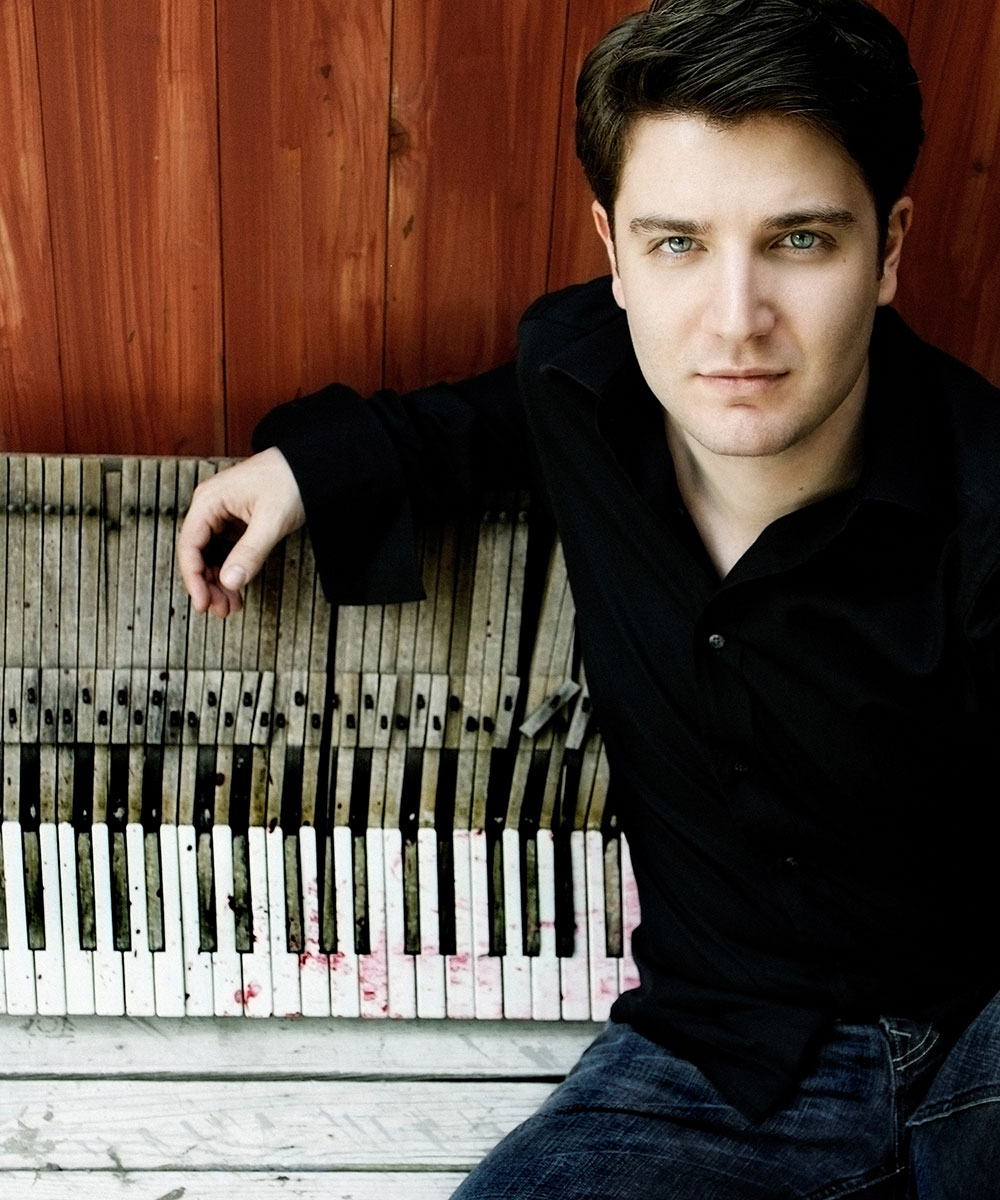Pianist Alessio Bax demonstrated, as expected, impeccable technique and generally strong ideas in his concert on the Cliburn Series at Fort Worth’s Kimbell Art Museum Thursday night.
Italian-born Bax, who studied at SMU and who serves on the faculty there (while maintaining a home in New York), opened with the most familiar—and least interesting—of Beethoven’s 32 sonatas, the “Moonlight.” Two facets of Bax’s playing emerged in the first few measures: beautiful control of voicing and tone, and a heavy foot on the pedal. Ninety percent of the time, Bax’s generous use of the pedal was strikingly effective, lending a worthwhile resonance to the nicely mellow Steinway he performed on; 10 percent of the time, it bordered on mannerism—a sort of pedaling-for-the-sake-of-pedaling that got in the way of the music.
That said, the all-too-famous first movement of the Beethoven came across hypnotically (as it should) with Bax managing to find at least a hint of melodic impetus in a piece that essentially has no melody. The second movement was elegant and dance-like; the third, in which Bax drew back from his generally heavy use of the pedal, was appropriately lightning-like and quick, with, however, a few unwonted grenade-like attacks in the left hand.
Scriabin’s Third Sonata provided the most interesting item on the program, though here, too, Bax opened with a heavy foot on the pedal. That soon alleviated, however, and the pianist followed through with an admirably shaped reading of this beacon of romanticism on the edge of modernism. Once again, Bax pointed out some of the wonderful imitative counterpoint hidden in this lush score, and he handled the tricky transition from the Andante third movement to the Presto finale nicely.
Bax closed after intermission with another war horse, Mussorgsky’s Pictures at an Exhibition. Here, he used the pedal effectively to give an appropriate symphonic heft to the opening statement of the main theme; although he risked giving too much too soon in the first section, he drew back to a strikingly sensitive level in the first return of the “Promenade” theme. In the end, the strategy of opening at high volume did not detract from the final majestic moments, and Bax clearly owns the stamina and technique to match the monstrous challenges of this concert favorite. He encored with Rachmaninoff’s piano transcription of Kreisler’s entertainingly nostalgic Liebesleid.
The venue was elegant, and the pianist impressive on the whole; what was puzzling and disturbing, however, was the devotion of two-thirds of the evening to two of the most tiredly overfamiliar works in the piano repertoire. One work of this sort, as an anchor in a piano recital, might make a little sense. Two in one evening felt hopelessly provincial, particularly in a community with an international reputation as a center of pianistic artistry.






